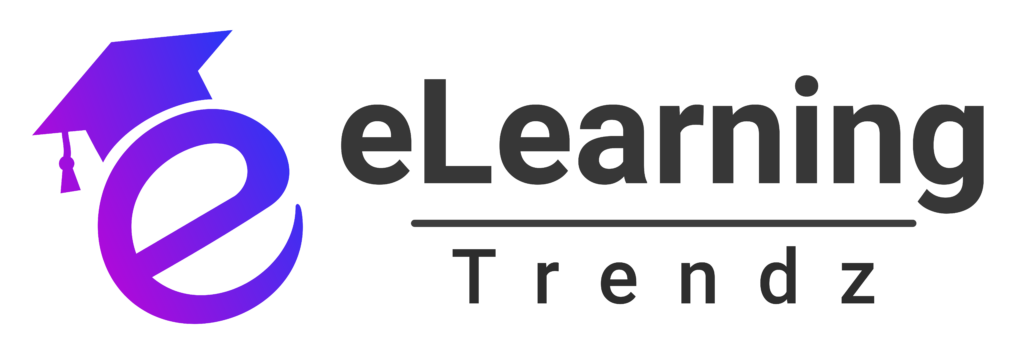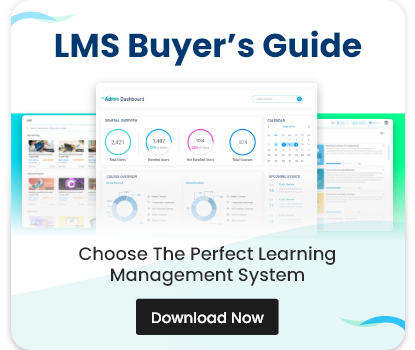
Share this post

Elena Marques
Elena Marques is a seasoned eLearning strategist and content creator with over a decade of experience in instructional design, corporate training, and digital learning innovation. At the forefront of the learning and development space, Elena specializes in creating insightful, research-driven content that empowers organizations to adopt cutting-edge solutions—ranging from AI course creators to cloud-based LMS platforms.
View Profile
Facebook
Twitter
LinkedIn
Pinterest
Recent Posts


PPT vs SCORM: A Complete Comparison of Modern E-Learning Formats
October 17, 2025



The Best Free SCORM Authoring Solutions in 2025
October 16, 2025
Related Post
Lorem ipsum dolor sit amet, consectetur adipiscing elit, sed do eiusmod tempor incididunt ut

Strategic Features Guide: Selecting Free eLearning Authoring Tools
October 24, 2025

PPT vs SCORM: A Complete Comparison of Modern E-Learning Formats
October 17, 2025










